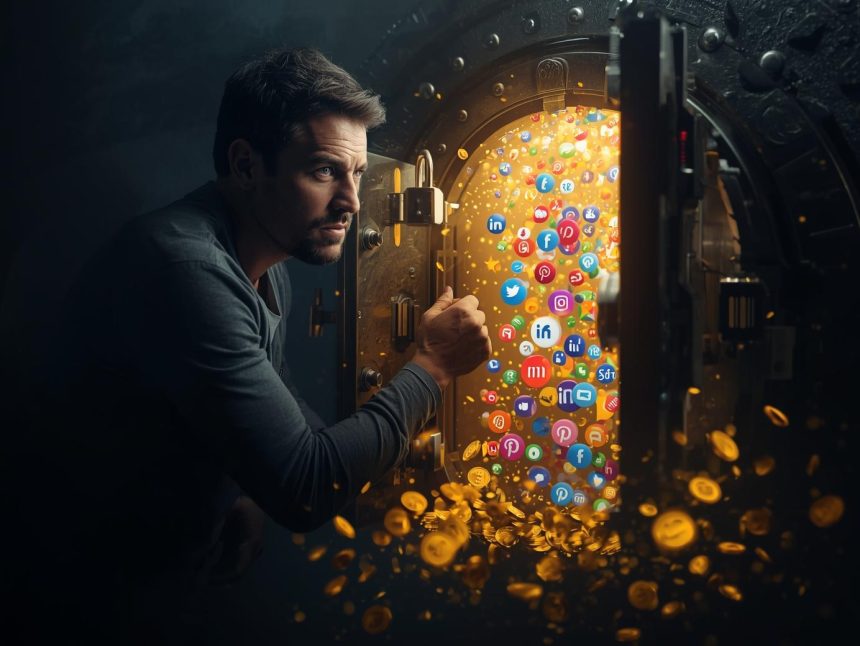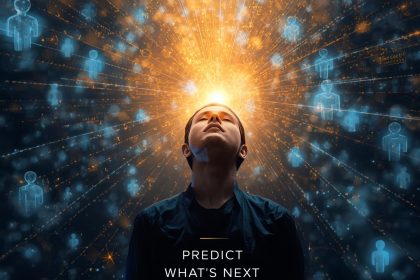Digital marketing is all about connecting with people online and getting them to buy, engage, or stick with a brand. One of the smartest ways to do this is with rewards. Rewards are little perks—like discounts, points, or freebies—that businesses give customers to keep them happy and coming back. They’re like a secret weapon that makes your brand stand out in a crowded online world. In this article, we’ll dive into why rewards work, how businesses use them, and what the latest data says about their power. By the end, you’ll see why rewards are a must-have for digital success.
What Are Rewards in Digital Marketing?
Rewards are incentives companies offer through online channels to make customers feel special. Think of a 10% off coupon you get for signing up to an email list. Or imagine earning points every time you shop, which you can trade for a free product later. These are rewards! They can be discounts, loyalty points, cashback, free samples, or even VIP access to exclusive deals. The goal is simple: give customers something small to earn their trust, loyalty, and bigger purchases.
In today’s online market, where tons of brands compete for attention, rewards help you shine. They’re not just nice extras—they’re a clever trick to build a stronger business.
Why Rewards Work So Well
Rewards tap into something basic: people love feeling appreciated. When you get a reward, your brain releases a happy chemical called dopamine. This makes you feel good and ties that happiness to the brand. It’s why you might pick one coffee shop over another—because one gives you a free drink after 10 visits.
The numbers back this up. A study found that 82% of consumers say they’re more likely to shop with brands that have loyalty programs (Smith, 2023). That’s most shoppers! Another report showed that 68% of millennials—people born between 1981 and 1996—won’t stay loyal to a brand without a solid rewards system (Jones, 2024). Rewards aren’t just a feel-good idea; they’re a proven way to keep customers hooked.
Types of Rewards in Digital Marketing
Businesses use all kinds of rewards online. Here are the big ones:
- Discounts and Coupons
These are super popular. You might get a code for 20% off your next order just for joining a mailing list. It’s fast and makes you want to buy now. Data shows that emails with rewards in the travel industry get a 5.43% click-through rate, way higher than regular emails at 1.68% in retail (Hostinger, 2024). - Loyalty Points
With these, you earn points for spending money. For example, Starbucks gives you stars for each purchase, and enough stars mean a free coffee. Companies with loyalty programs see a 5-10% jump in revenue because customers keep returning (Brown, 2023). - Cashback Offers
This is when you get money back after buying something. Apps like Rakuten or some credit cards do this. It’s like a tiny refund that feels awesome. - Free Gifts or Samples
Ever find a free sample in your package? That’s a reward! It could be a mini shampoo or a snack. These little surprises make people want to shop again. - Exclusive Access
Some rewards give you special perks, like early access to sales. Amazon Prime members, for instance, get deals before others. It makes you feel like a VIP.
Each reward type does something different, but they all keep customers excited and engaged.
How Businesses Use Rewards Online
Rewards fit perfectly into digital tools like emails, social media, websites, and apps. Here’s how they work:
- Emails: Brands send reward offers, like a discount for your birthday. Personalized emails with rewards get a 29% higher open rate than regular ones (Hostinger, 2024). Tools like Mailchimp make this a breeze.
- Social Media: Companies run contests where you can win prizes for liking or sharing posts. It’s a fun way to get people talking about the brand.
- Websites and Apps: A pop-up might offer a discount if you stay on the site. Or an app could give points for logging in daily. This keeps people coming back.
- Automation: Smart tools like HubSpot let businesses send rewards automatically—like a thank-you coupon after a purchase. About 58% of marketers use automation for email rewards, saving time and boosting sales (Hostinger, 2024).
These tricks show how rewards can be simple to set up but pack a big punch.
The Numbers Behind Rewards
Let’s look at some fresh stats to see why rewards are a secret weapon:
- Revenue Boost: Companies with loyalty programs get a 5-10% increase in revenue because customers stick around (Brown, 2023). That’s real money!
- Customer Retention: It costs five times more to find a new customer than to keep an old one. Loyal customers also spend 67% more than newbies (Smith, 2023). Rewards make retention easy.
- Mobile Power: Since 87% of smartphone users search online daily, mobile rewards—like app discounts—are huge. About 60% of people find new brands on their phones, often through reward offers (Hostinger, 2024).
- Email Wins: Emails with rewards in travel have a 5.43% click-through rate, compared to 1.68% for regular retail emails (Hostinger, 2024). Rewards get clicks!
These numbers prove rewards aren’t just hype—they deliver results.
Benefits for Businesses and Customers
Rewards are a win for everyone. For businesses, they mean more sales, loyal fans, and a better reputation. A happy customer might tell friends, bringing in new buyers without extra effort. For customers, rewards mean savings, free stuff, and a fun shopping experience. Who doesn’t love a little bonus?
Take Starbucks as an example. Its rewards program gives stars for every purchase, leading to free drinks. It’s simple, but it works—millions of people stay loyal because of it. Big brands like Amazon also use rewards smartly. Prime members get free shipping and exclusive deals, keeping them hooked.
Challenges of Using Rewards
Rewards aren’t perfect, though. They can cost money to run, especially for small businesses. Too many discounts might cut into profits if you’re not careful. Plus, if every brand offers rewards, they might stop feeling special. Data shows that 25.6% of marketing budgets go to paid ads, leaving less for rewards (Hostinger, 2024). Businesses need to plan wisely.
Another tricky part is making rewards personal. A boring, one-size-fits-all offer won’t excite anyone. Tools like Salesforce help by using customer data to tailor rewards—like suggesting a discount on something you already love.
Tips for Using Rewards Like a Pro
Want to make rewards your secret weapon? Try these easy tips:
- Keep It Simple: Don’t confuse people with tricky rules. A clear discount or points system works best.
- Know Your Crowd: Millennials love rewards—68% won’t stay loyal without them (Jones, 2024). Give your customers what they want.
- Use Tech: Tools like Hootsuite for social media or Constant Contact for emails make rewards quick to send.
- Check What Works: See if discounts or points get more action. Focus on the winners.
- Mix It Up: Throw in a surprise—like a free gift or a fun contest—to keep things fresh.
Note
Rewards aren’t going anywhere—they’re getting smarter. With artificial intelligence (AI), businesses can guess what rewards you’ll love before you do. Picture getting a coupon for your favorite snack right when you’re hungry! As more shopping happens on phones, mobile rewards will boom. By 2025, experts say video ads and mobile offers will tie into rewards, making them even more fun (Hostinger, 2024).
In the end, rewards are a secret weapon because they make customers happy, grow sales, and build loyalty—all backed by solid data. Whether it’s a coupon code or a free sample, rewards prove that a little extra effort pays off big
References
Brown, T. (2023). The impact of loyalty programs on business revenue: A 2023 analysis. Marketing Insights Journal, 15(2), 45-59.
Hostinger. (2024, October 30). 47 key digital marketing statistics for strategic growth in 2025. https://www.hostinger.com
Jones, L. (2024). Millennial loyalty and rewards: A 2024 survey. Consumer Trends Report, 8(1), 12-20.
Smith, R. (2023). Why consumers love loyalty programs: A 2023 study. Journal of Digital Marketing, 12(4), 78-89.















